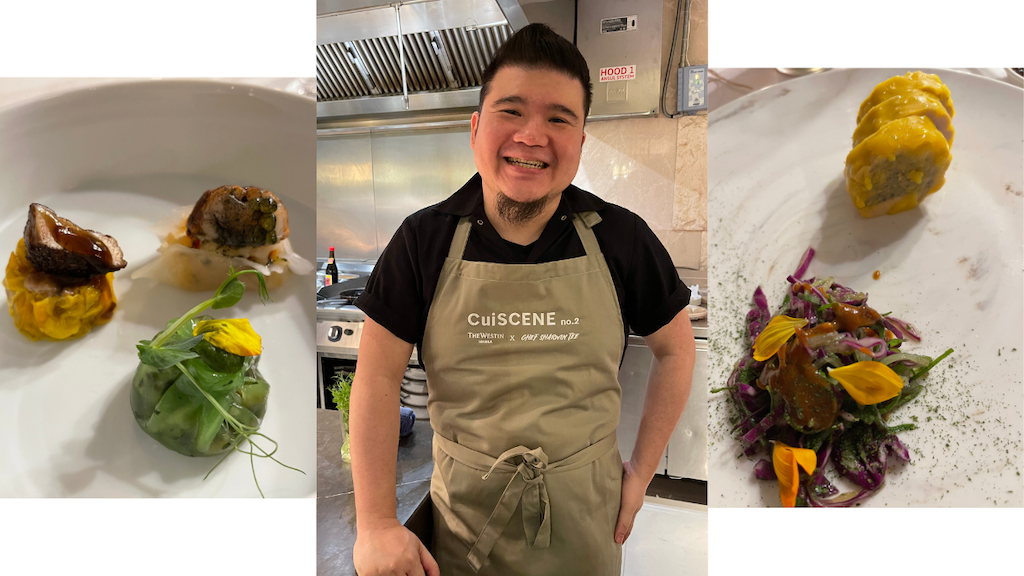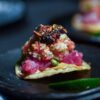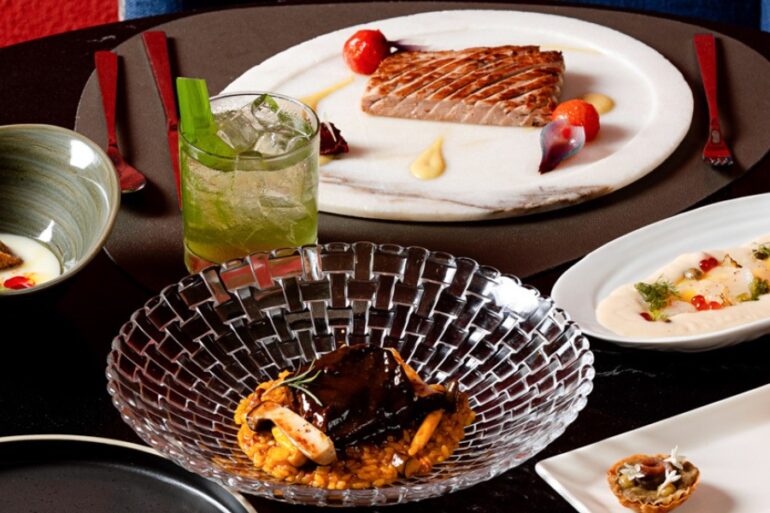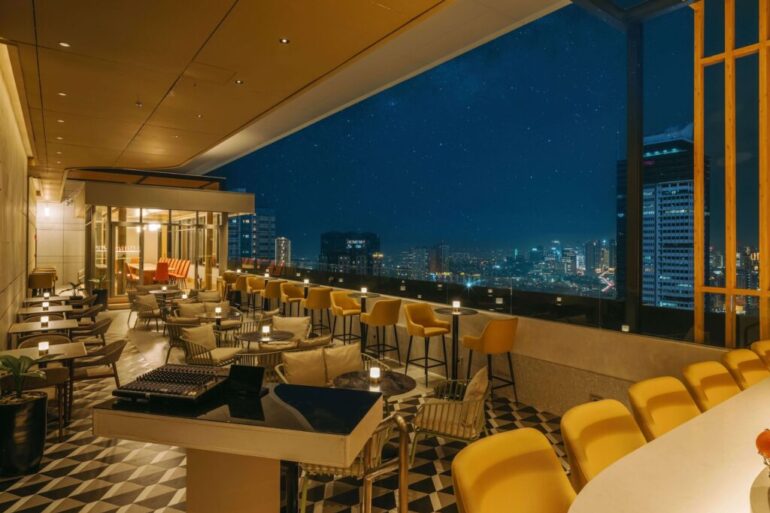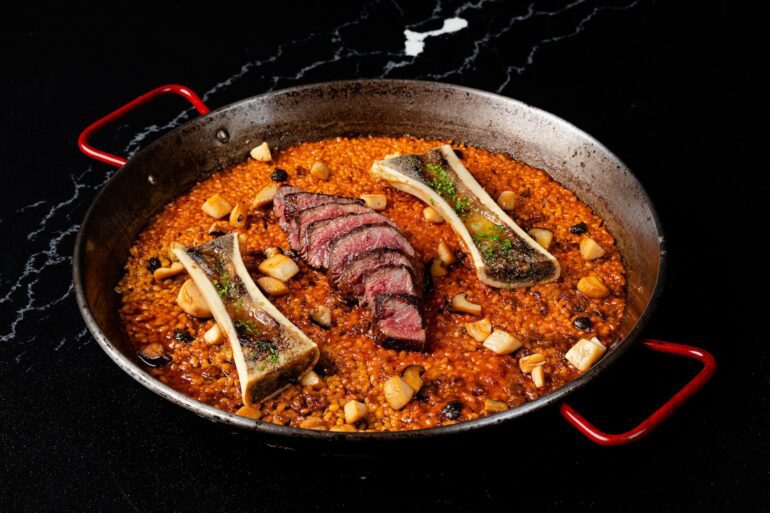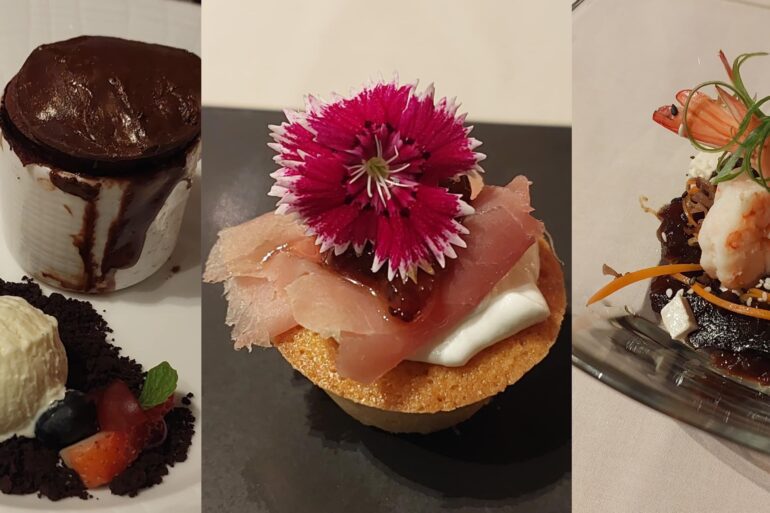Chef Sharwin Tee’s Farm-to-table degustation menu rings in the Chinese New Year.
Of all the buzzwords out there, there’s no other word that holds as much relevance—and urgency—as sustainability. It’s nice to see, then, how it has gone beyond being mere lip service to becoming an actual lifestyle for many people.
Aside from sustainable practices benefiting the environment, providing livelihood, and even breathing new life into cultures on the brink of oblivion, sustainability has also ignited the creativity of many advocates. And this is in full (delicious) display in a sustainable kitchen. Over the years, Filipino chefs and cooks, as well as F&B establishments, have literally cooked up ways to make cooking and eating both pleasurable and sustainable—delighting foodies while helping save the environment.
Among these is Westin Manila. Driven by its passion for sustainability paired with great eats, the wellness-forward premium hotel managed by Marriott International kicked off the first edition of CuiScene in July 2023, a series of culinary collaborations with food professionals. More than just creative tie-ups, however, CuiScene also puts the spotlight on healthy and sustainable dining.
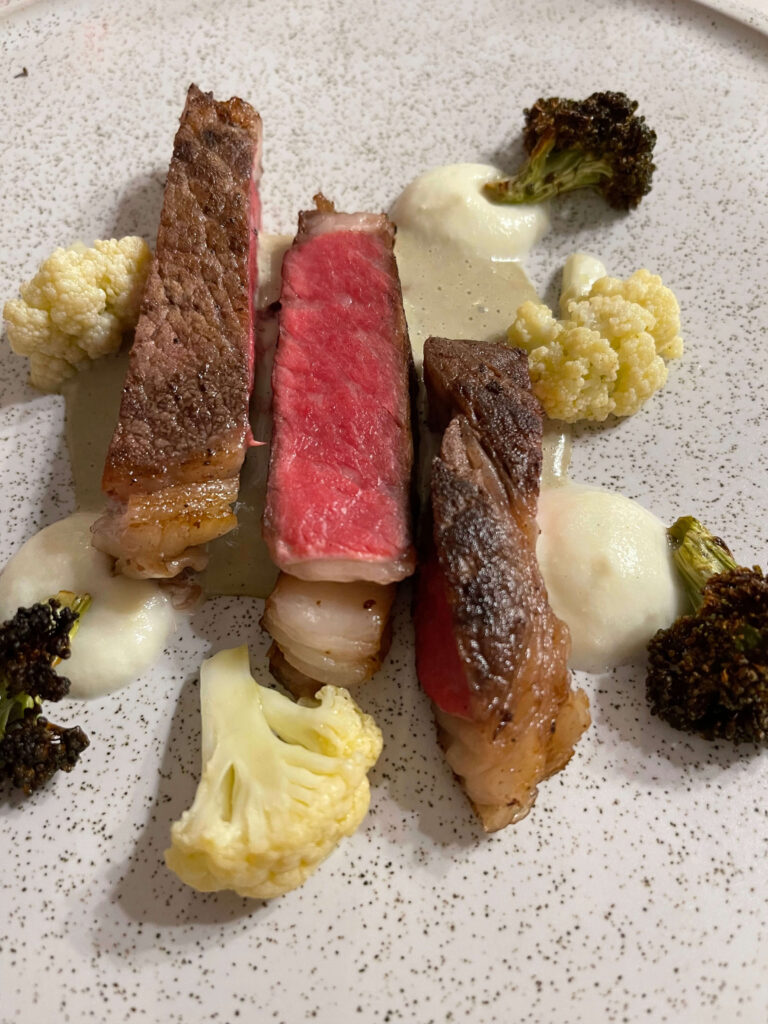


On Jan. 31 and Feb. 7, Westin Manila brings back CuiScene, this time in collaboration with chef, TV host, and writer, Sharwin Tee. The second iteration features a farm-to-table contemporary Chinese degustation menu at the hotel’s Seasonal Tastes restaurant.
CuiScene helps promote one of Westin Manila’s core values: Eat Well. “We want to promote healthy eating. At the same time it’s a good balance—indulgence and wellness,” says Meghann Hernandez, marketing and communications manager of Westin Manila, in an interview with The Post.
Meghann adds that the series is in keeping with the brand’s “sourcing promise,” where they actively seek out their suppliers and know where the produce they use is grown. All these efforts, she says, are “really to support the local farmers.”
She reiterates that their “Eat Well” ethos is not only for CuiScene or special events, but they always have options for guests who are looking for a healthier alternative. “On a regular basis, we have our “Eat Well” menu; it’s part of our à la carte (menu). There are options for vegan, plant-based, less carbs,” she says.
For CuiScene 2, the eight-course Chinese-inspired vegetable and meat pairing highlights farm-sourced ingredients in partnership with Agribusiness and Countryside Development Foundation, an organization dedicated to linking farmers and agribusiness owners and practitioners to people who can support them.
“In this case, we linked Westin to the farmers who grew the vegetables we’re having for dinner,” Yvette Tan, a journalist and board member of the foundation, tells The Post. “(The produce) depends on what’s needed and it depends on the season and who has it at that time.”
A sustainable kitchen and hotel
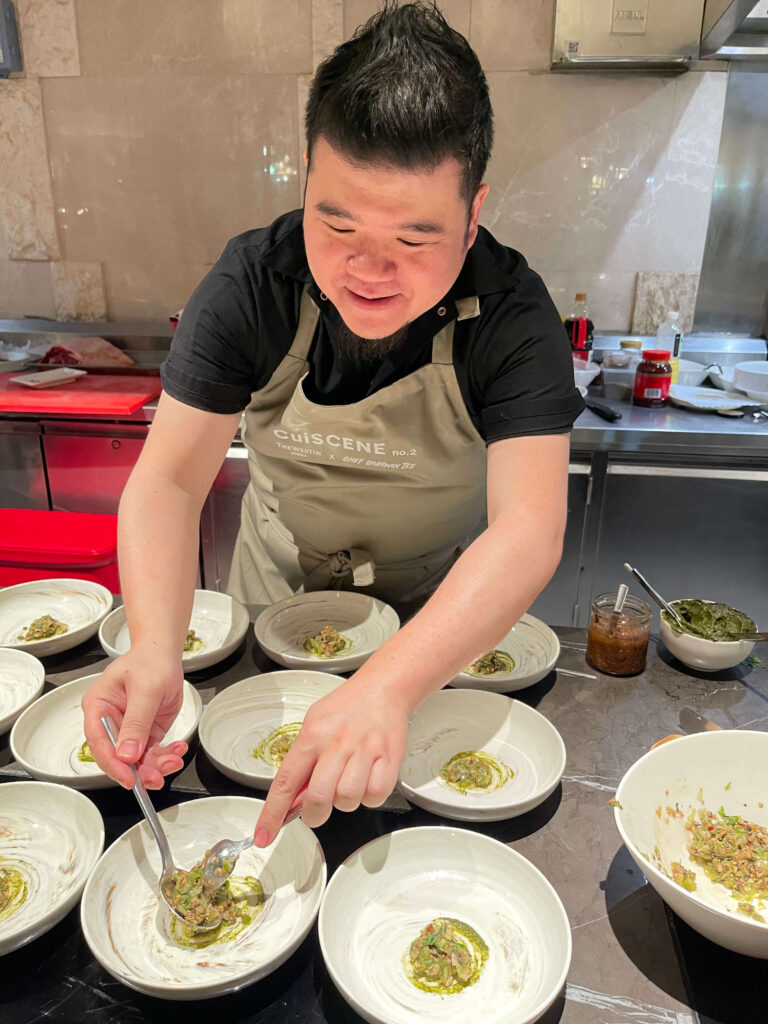


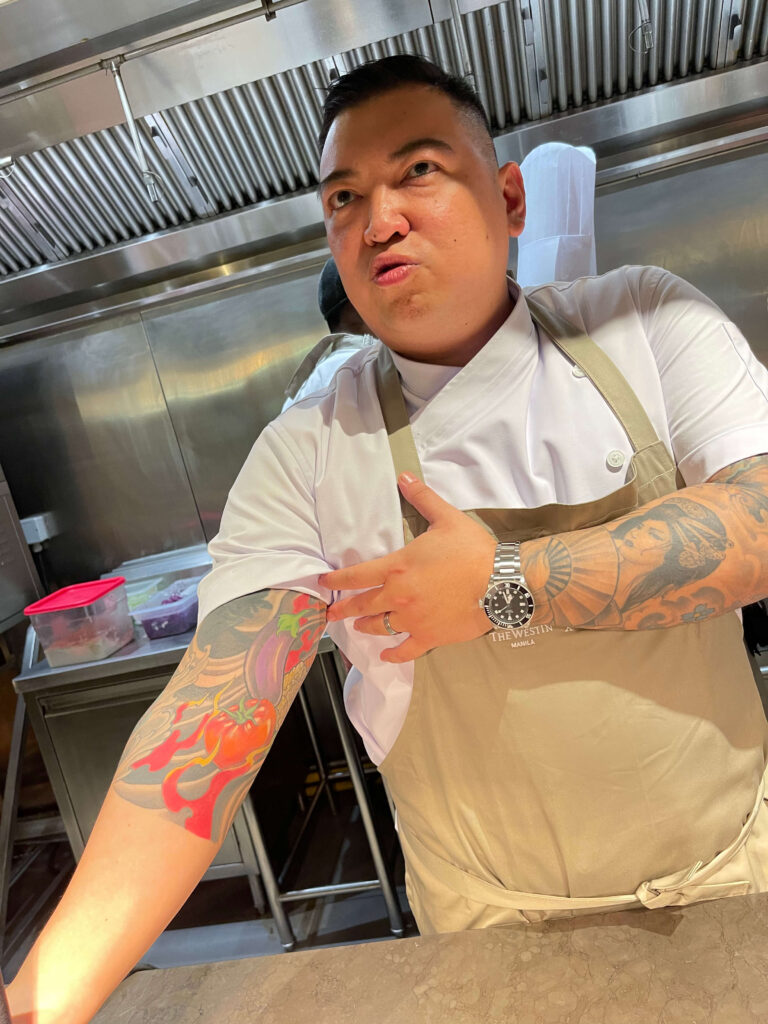


In a separate interview with The Post during the press preview of CuiScene 2 last Jan. 15, Westin Manila’s executive chef Rej Casanova shares how getting into the sustainable aspect of cooking has always been a passion. “There’s a purpose with what I do and what I cook,” he says.
“There’s a wide range of purposes when you say sustainability,” he continues. “When you talk about food it’s about reducing food waste, ensuring that you’re using the right ingredients—when I say the right ingredients, the fish (for example) that we use in our menu is sustainably caught.”
Marriott hotels don’t just get from different suppliers or markets, chef Rej says; rather, it’s a requirement for their suppliers to provide them with a certification that the fish are sustainable and line caught.
He thinks it’s a “good challenge” for chefs or cooks to ensure that the ingredients they’re using are completely utilized. This practice ensures that food waste is minimized which is his “current focus.”
In Westin Manila, for example, 40 to 60 kilos of the rind go to waste each week. Chef Rej and his team, then, created a recipe focusing on maximizing the rinds. “We came up with an idea of making a watermelon-rind atsara. We remove the outer part and use the white rind. It’s a refreshing, Filipino-focused dish. We promote it in our buffet, and we created small jars to sell it to our guests,” he shares.
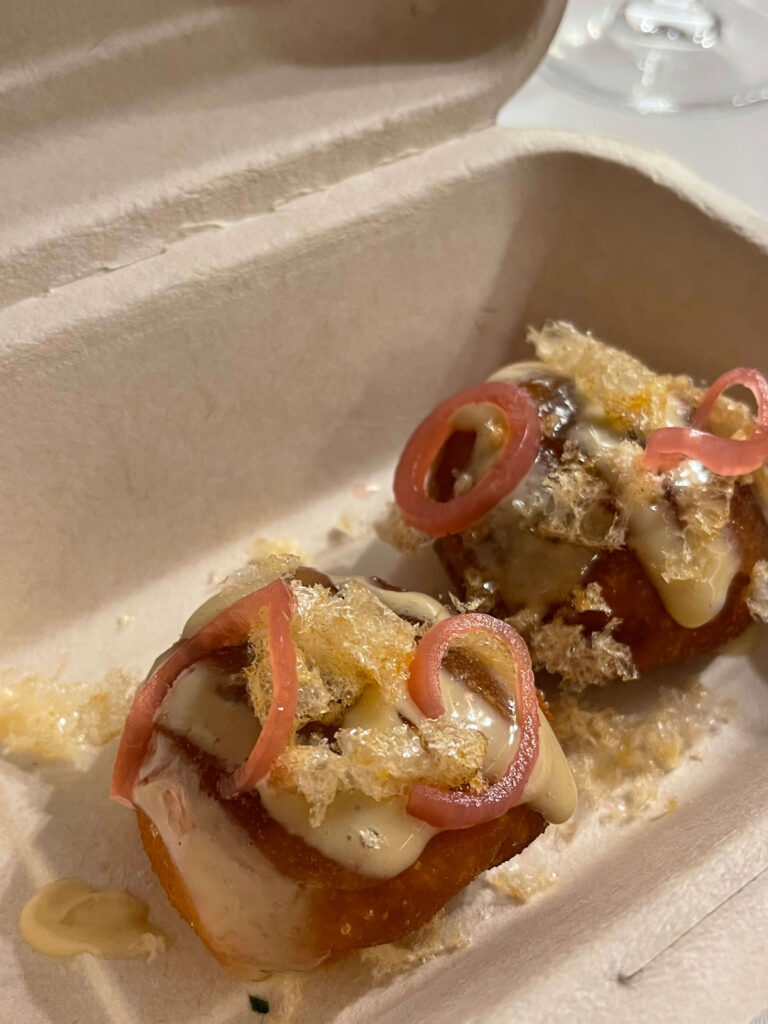


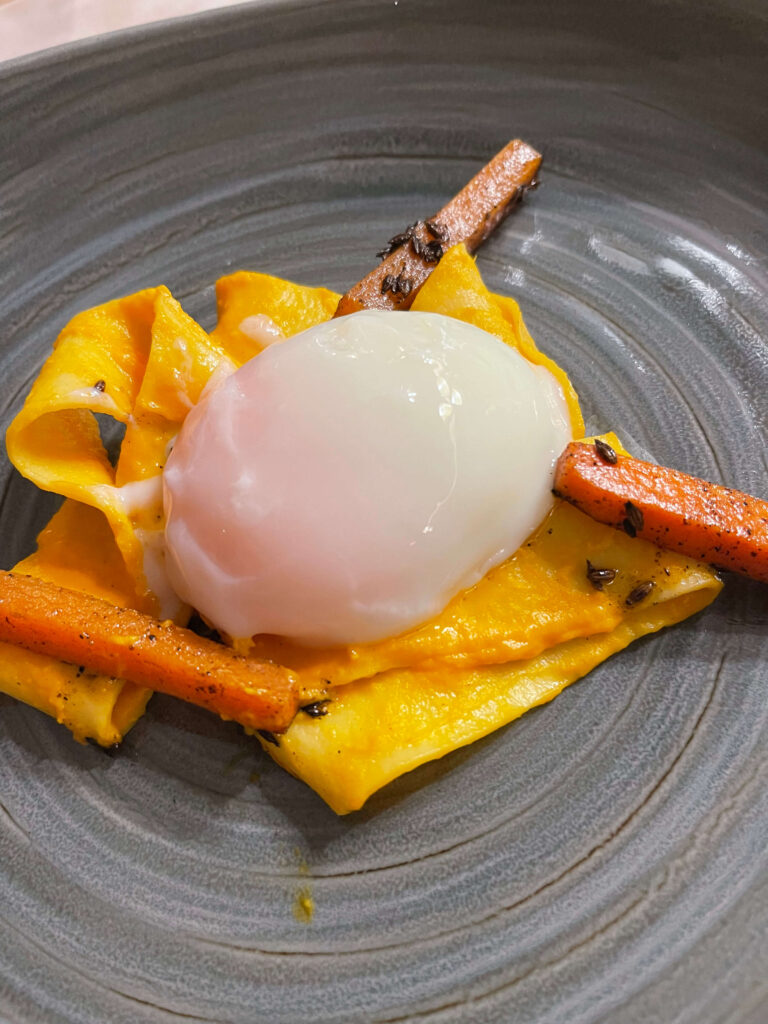


Even eggshells are put to good use at Westin Manila. “We’re doing 600 to 650 eggs per day. For breakfast alone, we’re using 350 to 400. What we do is we keep all the eggshells and grind them to fine powder, and we use it as fertilizer for our garden upstairs.”
Speaking of eggs, chef Rej also mentions how Marriott International has already been promoting the use of cage-free eggs, adding that the goal is to be 100 percent cage-free—not just Westin Manila, but the entire Marriott Asia-Pacific.
They are also working on a rooftop urban farm, which chef Rej likens to an empty canvas, that he and his team are going to work on this year. They already have a mini version of it at Seasonal Tastes, where they pluck some of the veggies and herbs for their dishes.
For seafood, meanwhile, chef Rej and his team try, as much as possible, to go local. “We have partner suppliers from Mindoro, Davao—all of our tuna are from Davao or Gen San. We can really certify that they are sustainably caught. We also use imported seafood from Vietnam and Malaysia. Strict kasi ang Marriott International when it comes to ingredients. Hindi pwede ‘yung mas mura kasi ito.”
Things are no different when it comes to his upcoming collaboration with chef Sharwin “Shar” Tee, whom he calls a “very talented chef,” in the second installment of CuiScene. Chef Rej says that the highlight of the degustation—an event to ring in the Chinese New Year—is the vegetable and protein pairings across eight courses.
A deeply ingrained ethos
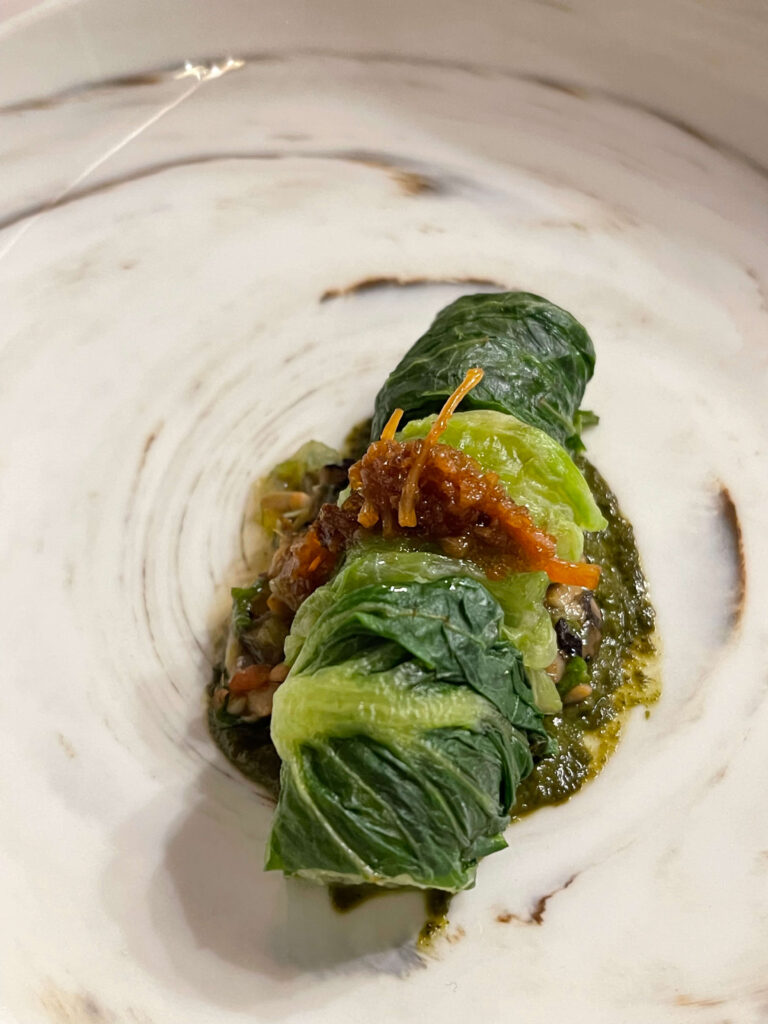


In a separate interview, chef Shar echoes the statement of chef Rej, saying they jokingly call the event “the meat and vegetable pairing.”
He tells The Post: “Because we always pair wine with our meals. ‘Oh, this is fish, you should have white wine; this is beef, you should have red wine.’ For us now, we looked at this dinner, this is the vegetable and we thought, what is the meat that will really go well here wherein it’s not going to put the vegetable in a bad light?”
“It has to celebrate the vegetable. I think that’s what’s going to be unique about this dinner—the meat and the vegetables are on equal platforms,” chef Shar, who also works as a restaurant consultant, adds.
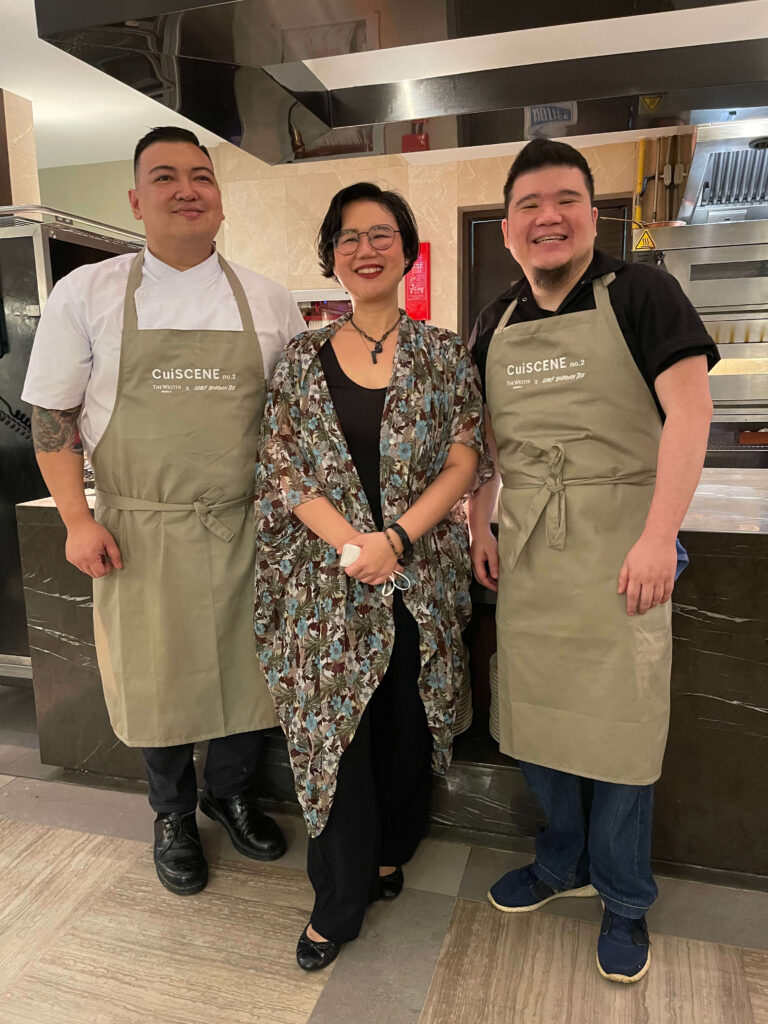


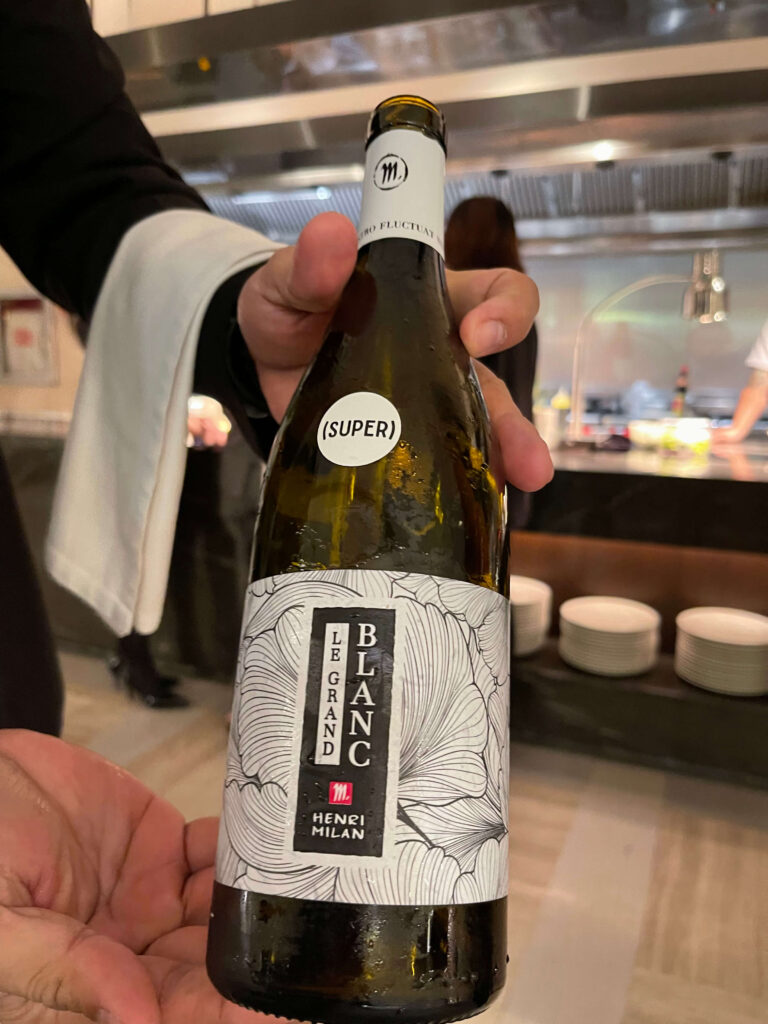


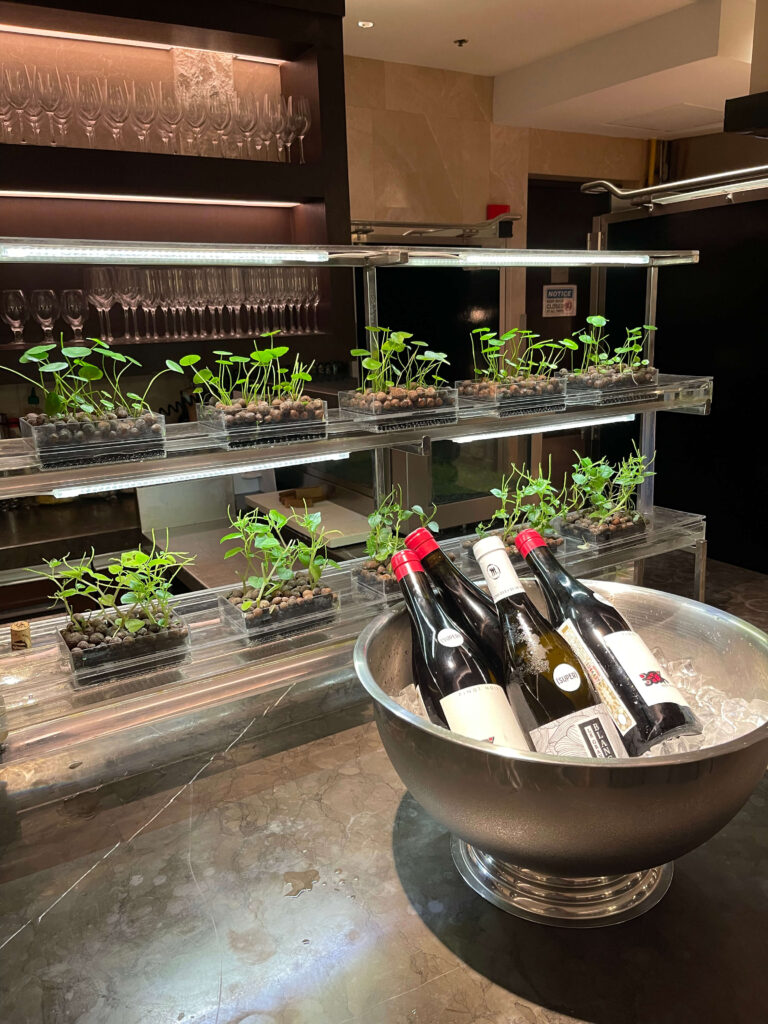


When it comes to running a sustainable kitchen, chef Shar—just like chef Rej—share the same zeal in ensuring that they remain faithful to what he calls “the two concepts for chefs” when it comes to sustainability. “First, don’t waste ingredients, and the other is to use as many local ingredients as possible,” he shares. “Both limits carbon footprint (and) helps in sustainability. It has always been there; ever since we started cooking it has always been in our minds.”
For CuiScene 2, chef Shar explains that they tried to use each vegetable in as many ways possible. “For example, tonight, we’re going to have the dish called Carrot and Egg, basically we peeled the carrots, the peels—all of that—we dumped into the juicer to get the juice. We used that to make the noodles. And then the sauce itself is made from the trimmings because we need to cut the carrots into batonnets, but again you don’t want to waste the sides, so we used that as the sauce.”
Chef Shar adds that he does the same thing in all his pop-ups. “I do sacrifice a little bit in terms of the perfect cuts, the perfect shapes, for me we have to give up on that if we want to be more sustainable. We don’t use thinly sliced radishes, for example, because the other half of the radish usually goes to waste.”
A creative and sustainable feast
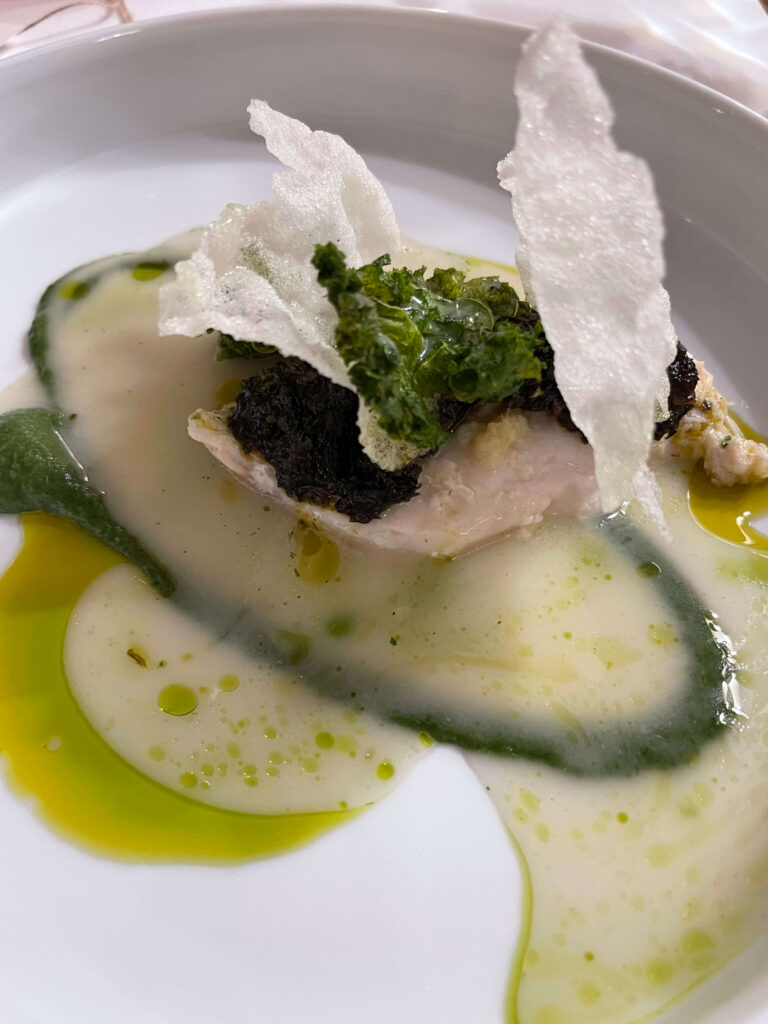


Combining chefs Rej’s and Shar’s passion for sustainability and unquestionable talent means we are in for a degustation dinner to remember. I’m happy to report that our expectations have been met—and exceeded.
For starters, we had a dish that’s off the menu, a “gift” from the chefs—Pear Char Siu, which is exactly what it says it is: a char siu-flavored pear. It may not sound like it would work (A char siu-flavored fruit? Are you kidding me?) but it does! And it opens up the palate to the constellation of flavors that await us.
We formally start the feast with one of my favorites of the night, the aptly named Earth, Land, Ocean Handcrafted Dimsum, a triple-punch combo of siomai with seared goose liver and black vinegar glaze (land), mushroom and peas with truffle essence (earth), and lobster and chives (ocean). A true showstopper of a dish, we suggest starting with the mushroom, then the lobster, and end with the siomai foie gras.
Up next is the rather light Lettuce and Kiniing, is the perfect follow through after the explosion of flavors from the three kinds of dimsum. The dish features three kinds of lettuce—romaine, iceberg, and lolla rossa—each lending it a different level of bitterness that is balanced by the umami of the kini-ing (Benguet cured pork)XO sauce. Kini-ing is a preserved meat, usually pork, that is smoked using pine wood for three to four days.
The third course is such a delight despite its rather straightforward name: Chicken and Corn. This highly creative dish is poached chicken terrine (shaped like a corn using a special tool) in sesame sweet corn glaze, with marinated cucumber, cabbage salad, and sesame dressing on the side. The resemblance to real corn is so uncanny I had to blink twice to make sure it’s really chicken terrine.
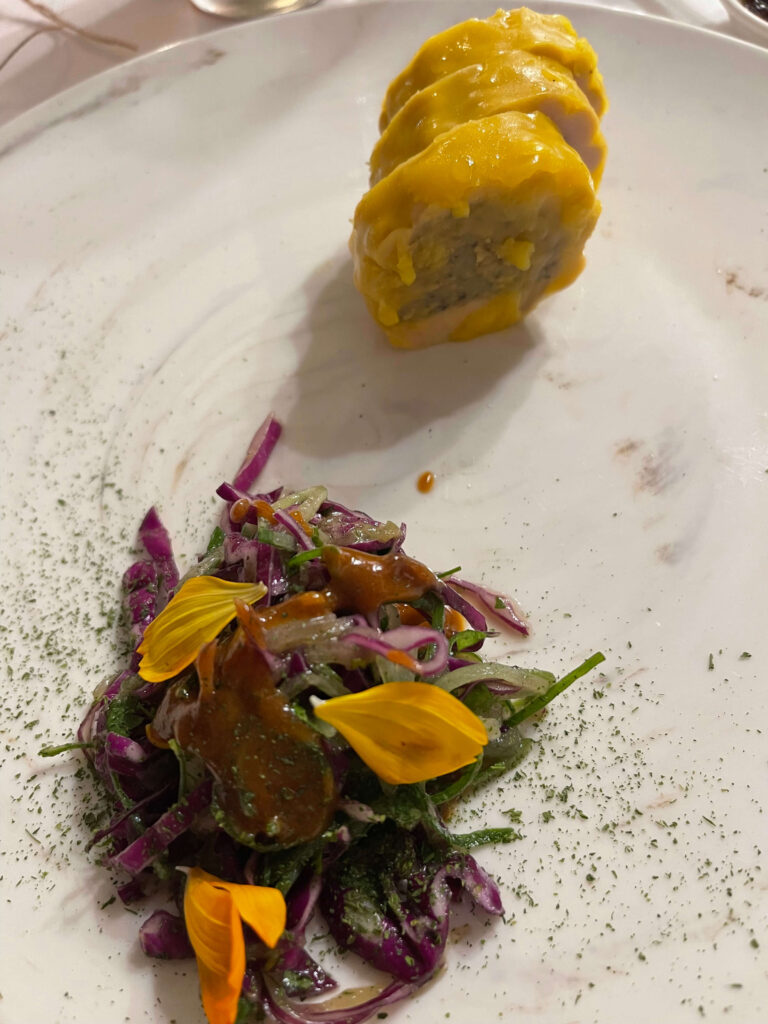


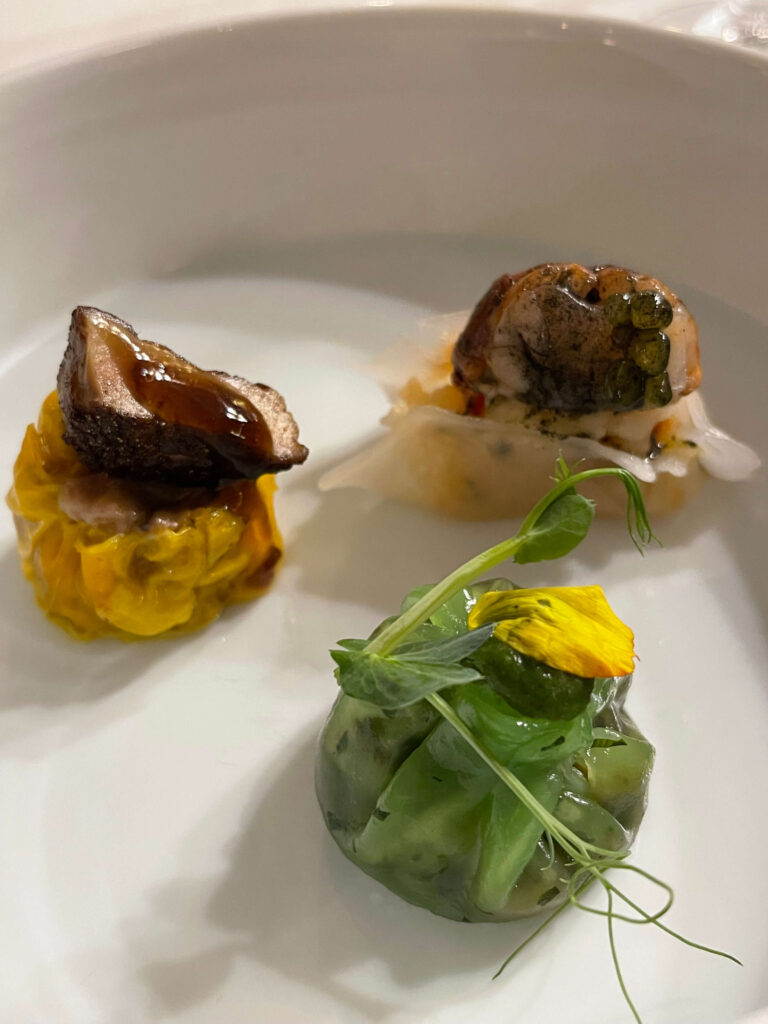


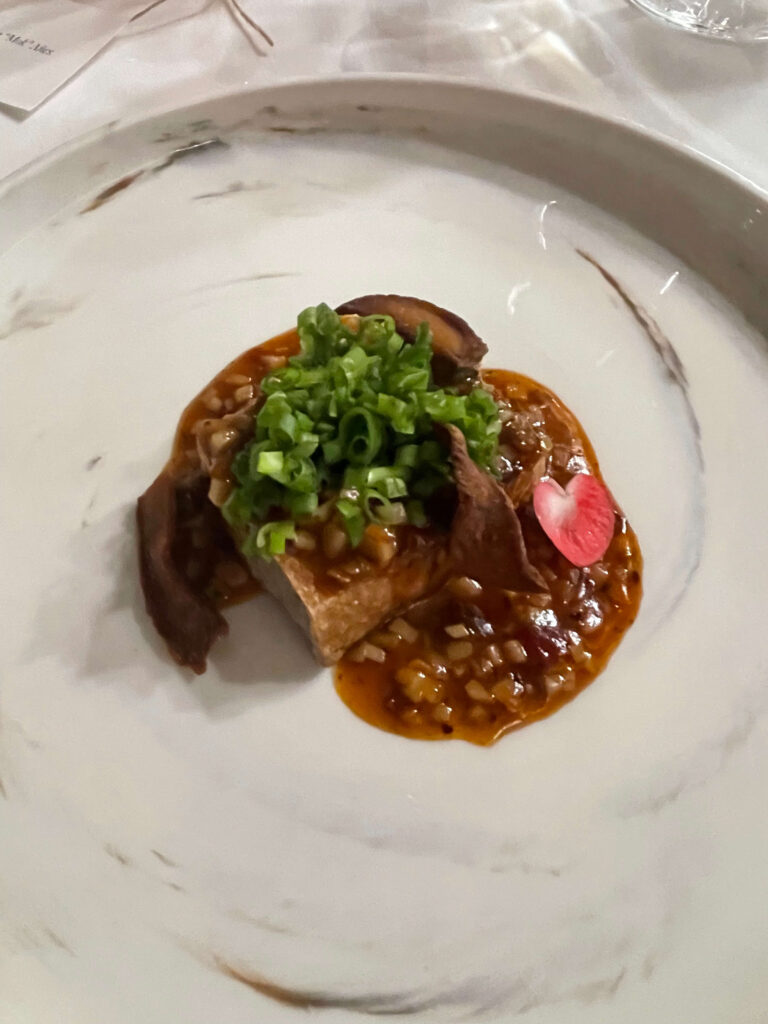


The fourth dish is Tofu and Mushrooms, twice-cooked tofu, mushroom tofu mousse, shiitake mapo sauce, and fried oyster mushroom—a simple treat with a surprisingly deep earthy taste.
The first four courses are paired with a Grenache Blanc, a biodynamic white wine from Supernatural Wines.
Leading the dishes in the second half of the degustation menu is Fish and Kale, an exercise in subtlety with its sous vide Asian sea bass dressed with kale XO sauce, kale purée, and scallion oil. As soon as the dish hits our table, it is drenched in a fish milk broth which adds a layer of umami to the otherwise understated dish.
Up next is Beef & Broccoli—fork-tender angus ribeye steak, roasted broccoli, oyster-flavored oyster sauce (Yep, it’s oysters blended with oyster-sauce—just imagine the umami), cauliflower purée, and Giardiniera cauliflower. This dish, for me, truly encapsulates their concept of a protein paired with a veggie—with the flavorful beef highlighting instead of overpowering the smoky goodness of the veggies.



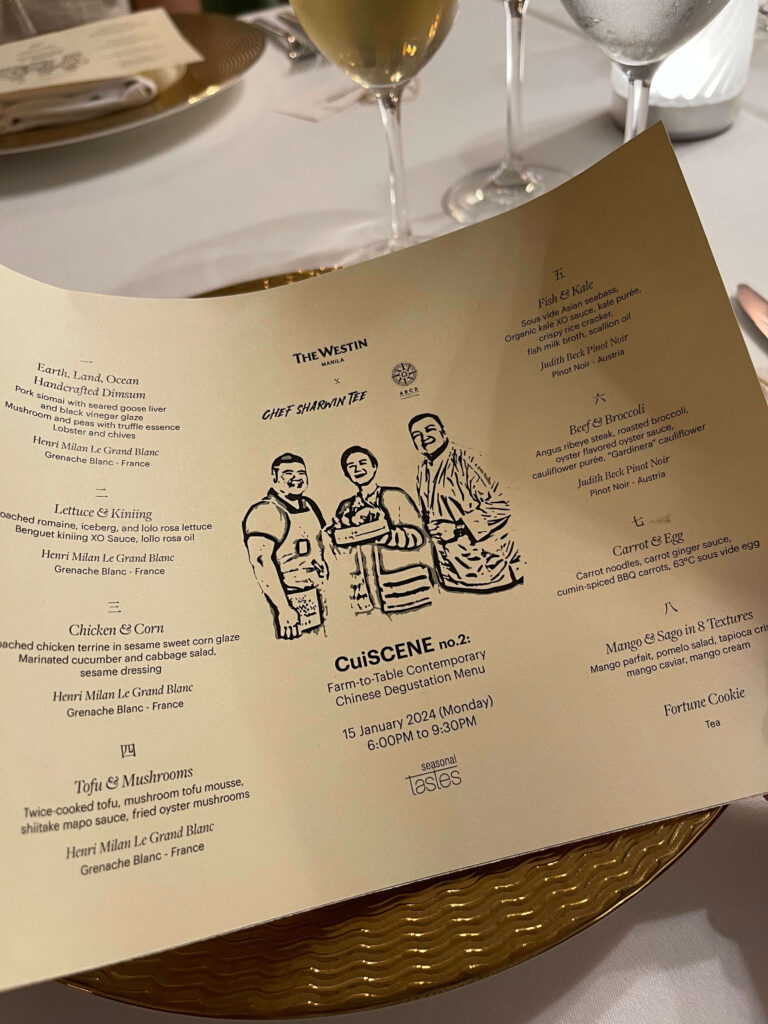


The penultimate dish is the unassuming yet mind-blowing Carrot & Egg: carrot noodles, carrot ginger sauce, Xianjing-inspired cumin-spiced grilled carrots, and 63°C sous vide egg. As mentioned earlier by chef Shar, the noodles are made from carrot peels, with the sauce also made from the trimmings of the same carrots. The cumin adds depth to the sweet earthy flavors of the carrots, while the runny egg gives the dish a satisfying richness.
No Chinese feast in the Philippines is complete without Mango & Sago, but with this being a collab between two culinary virtuosos, this beloved dessert comes not just in one, two or three, but in eight textures—from the silky smoothness of the mango parfait and mango cream to the satisfying crunch of the tapioca crisp, the play on the different textures make this the cherry (or should I say mango) on top of an already remarkable dinner. It helps that it is plated to look like a flower crown, too!
All the courses in the second half of the menu were paired with Pinot Noir-Austria, a red wine also from Supernatural Wines.
The night, however, is not yet over. Staying faithful to Chinese dining tradition, the restaurant team gave out homemade fortune cookies bearing well wishes and good fortune—one of us even won a staycation at Westin Manila, which sadly wasn’t me.
CuiScene no.2: Farm-to-Table Contemporary Chinese Degustation Menu is available at Seasonal Tastes on Jan. 31 and Feb. 7, from 6 pm to 10 pm. The dinner is priced at P4,800.00 nett per person. For table reservations and inquiries, e-mail westinmanila@westin.com or call +632.8256.2020 or +63.939.926.2157 (Viber, WhatsApp).

